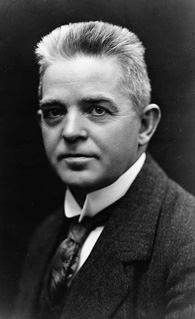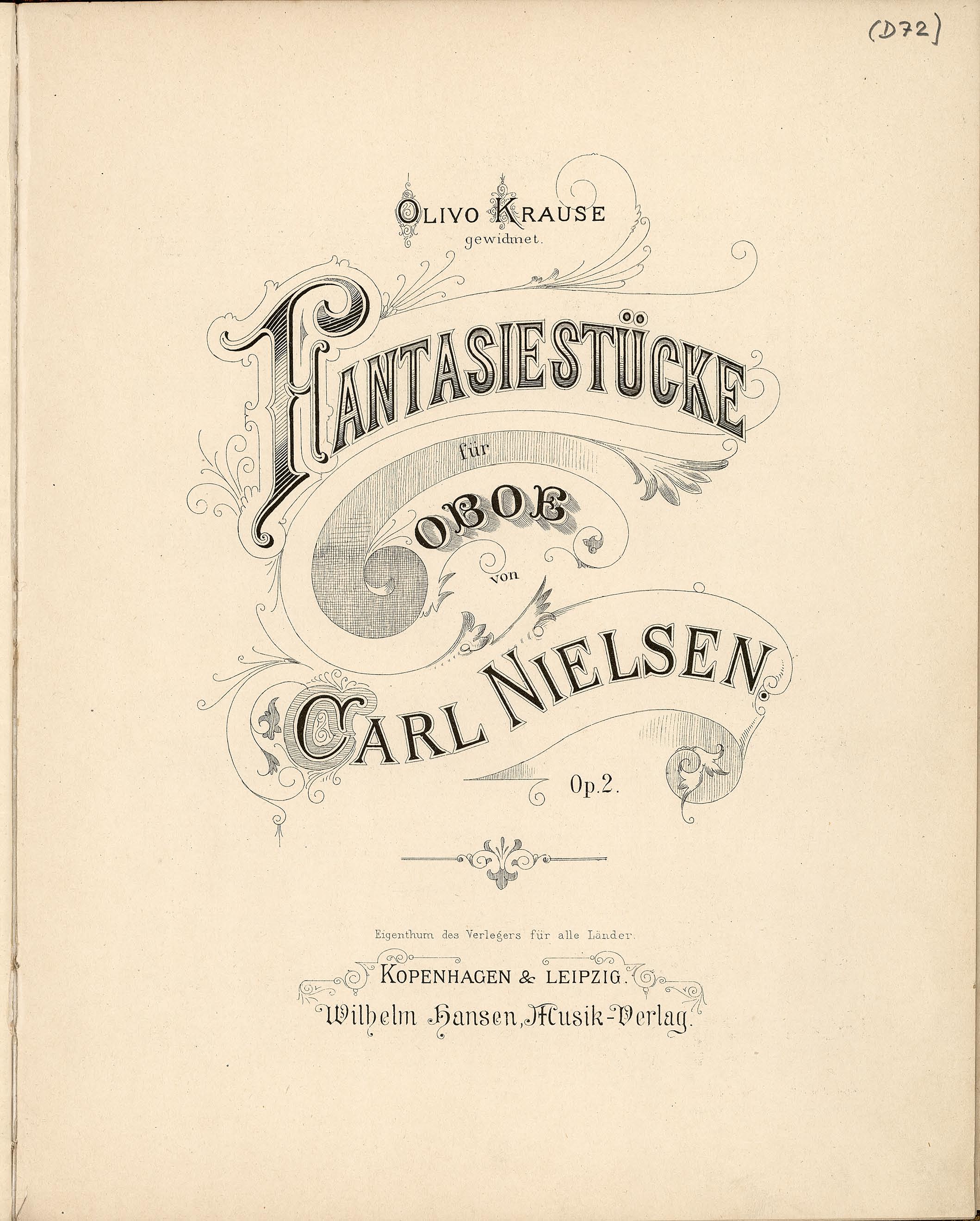 Carl Nielsen (1865–1931) is probably best known as a prominent composer of symphonies. His very serious works, full of doubts of both the world and himself, also finally suggested his nickname ‘the Danish [Richard] Strauss’. Henle publishers have set out to show the somewhat different chamber-music side of this composer and are publishing shortly three wind pieces from his early-to-middle creative period.
Carl Nielsen (1865–1931) is probably best known as a prominent composer of symphonies. His very serious works, full of doubts of both the world and himself, also finally suggested his nickname ‘the Danish [Richard] Strauss’. Henle publishers have set out to show the somewhat different chamber-music side of this composer and are publishing shortly three wind pieces from his early-to-middle creative period.
We want now first of all to introduce Nielsen the chamber musician as he introduced himself in 1883 to Niels W. Gade (1817–1890), then director of the Copenhagen Conservatory: with the early string quartet in d minor composed expressly for this occasion and emerging seemingly directly from Viennese classicism:
This fall we are expanding our clarinet repertoire with a genuine early work of Nielsen’s, the fantasy piece in g minor (HN 1252). Composed even before his acceptance at the conservatory, it shows both his compositional talent and his musical socialisation by the music of both the Classicists and early Romantics. With its apt linking of the voice-like clarinet tone and the instrument’s agility, this piece not only does not come second to similar works by Robert Schumann (1810–1856) or Niels W. Gade, but offers a welcome diversion for the recital:
 Nielsen knew how to exploit his talent: The first two ‘real’ opera, his string suite op. 1, as well as the fantasy pieces for oboe and piano op. 2 (HN 1131), were already enthusiastically received by audience and critics. The latter piece originated in 1889/90 just as Nielsen became a member of the royal Danish court ensemble; first edition and première ensued in the following two years. As already in his fantasy piece for clarinet and piano, Nielsen juxtaposed two contrasting characters (romance and humoresque) that he allocated here two independent movements:
Nielsen knew how to exploit his talent: The first two ‘real’ opera, his string suite op. 1, as well as the fantasy pieces for oboe and piano op. 2 (HN 1131), were already enthusiastically received by audience and critics. The latter piece originated in 1889/90 just as Nielsen became a member of the royal Danish court ensemble; first edition and première ensued in the following two years. As already in his fantasy piece for clarinet and piano, Nielsen juxtaposed two contrasting characters (romance and humoresque) that he allocated here two independent movements:
The most mature of the three Nielsen works is undoubtedly his canto serioso for horn and piano (HN 586) of the year 1913. Nielsen, by then an established and free-lance composer, was supposed to write an audition piece for replacing a low horn part in the royal theatre orchestra. No wonder that in this he especially made the most of the instrument’s low register:
These three will presumably not remain the only Nielsen titles in the Henle catalogue. Have you any advice for us? We are happily open to any suggestions on your part; you’ll find a comprehensive listing of Nielsen works here.

Did Nielsen compose a piece for horn and clarinet, dueling?
No, not according to the Catalogue of Nielsen’s works:
http://www.kb.dk/dcm/cnw/navigation.xq
Unless you count the two chamber music works in which both horn and clarinet are involved: Serenata in vano (1917) and the Wind quintet op.43.
I’m do not pretend to be Nielsen scholar, I’m just a lone Nielsen fanatic/nut. I am not aware of a piece that Nielsen wrote that features a Horn and Clarinet “dueling”. That said, in the climax of the First Movement of his Symphony No. 5 , Op. 50, FS 97 Nielsen instructs the snare drummer to improvise “as if at all costs he wants to stop the progress of the orchestra”. And at the end of the movement a solitary clarinet is left to mourn in a tragic atmosphere of this emotional movement. Also, in his Symphony No. 4, Op. 29, FS 76, also known as “The Inextinguishable” there is a famous passage towards the end of work where two sets of timpani duel from either side of the orchestra. This passage calls on the two timpanists to change the pitch of the timpani while playing. Quite a marvelous moment in the history of Western classical music, in my humble opinion.